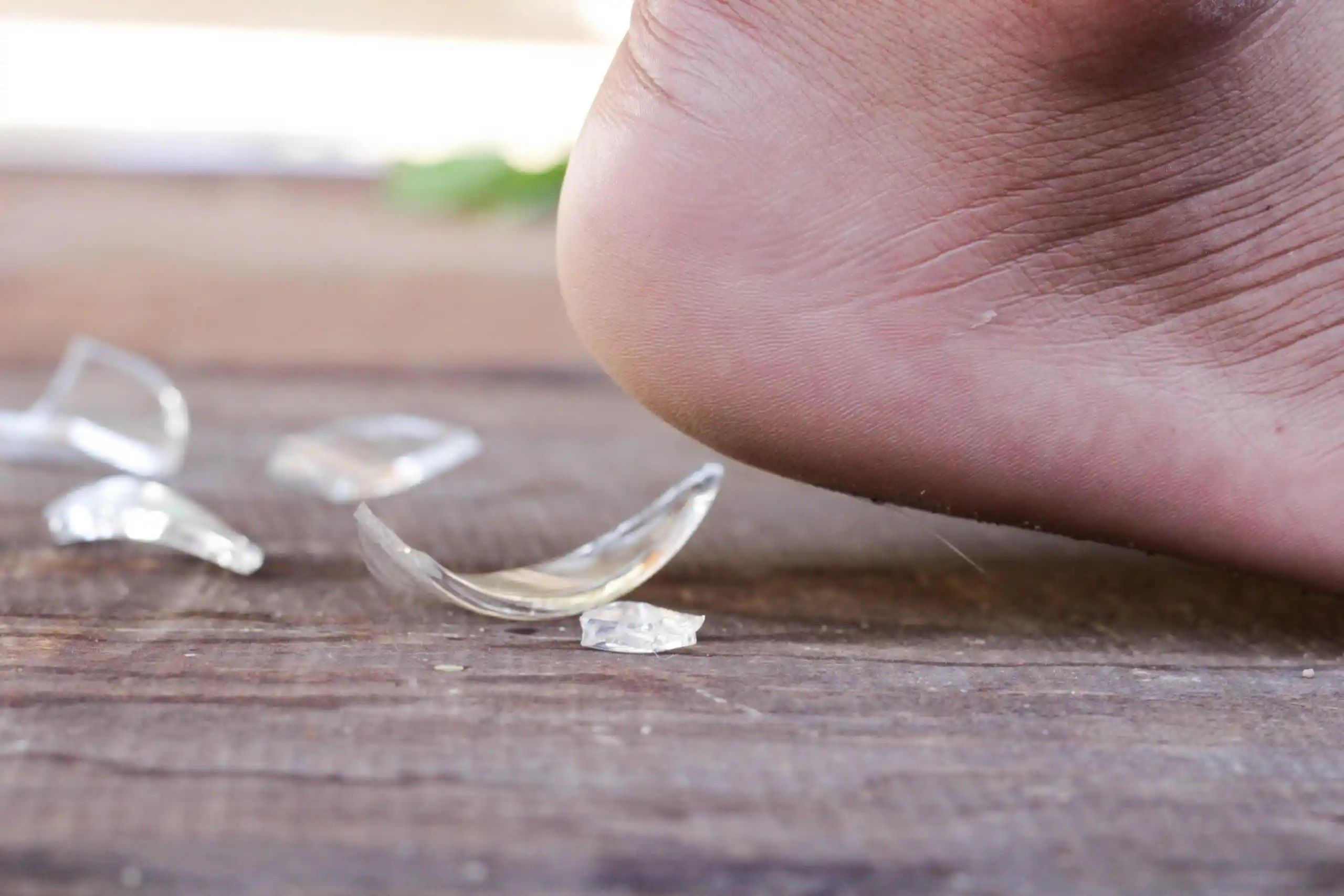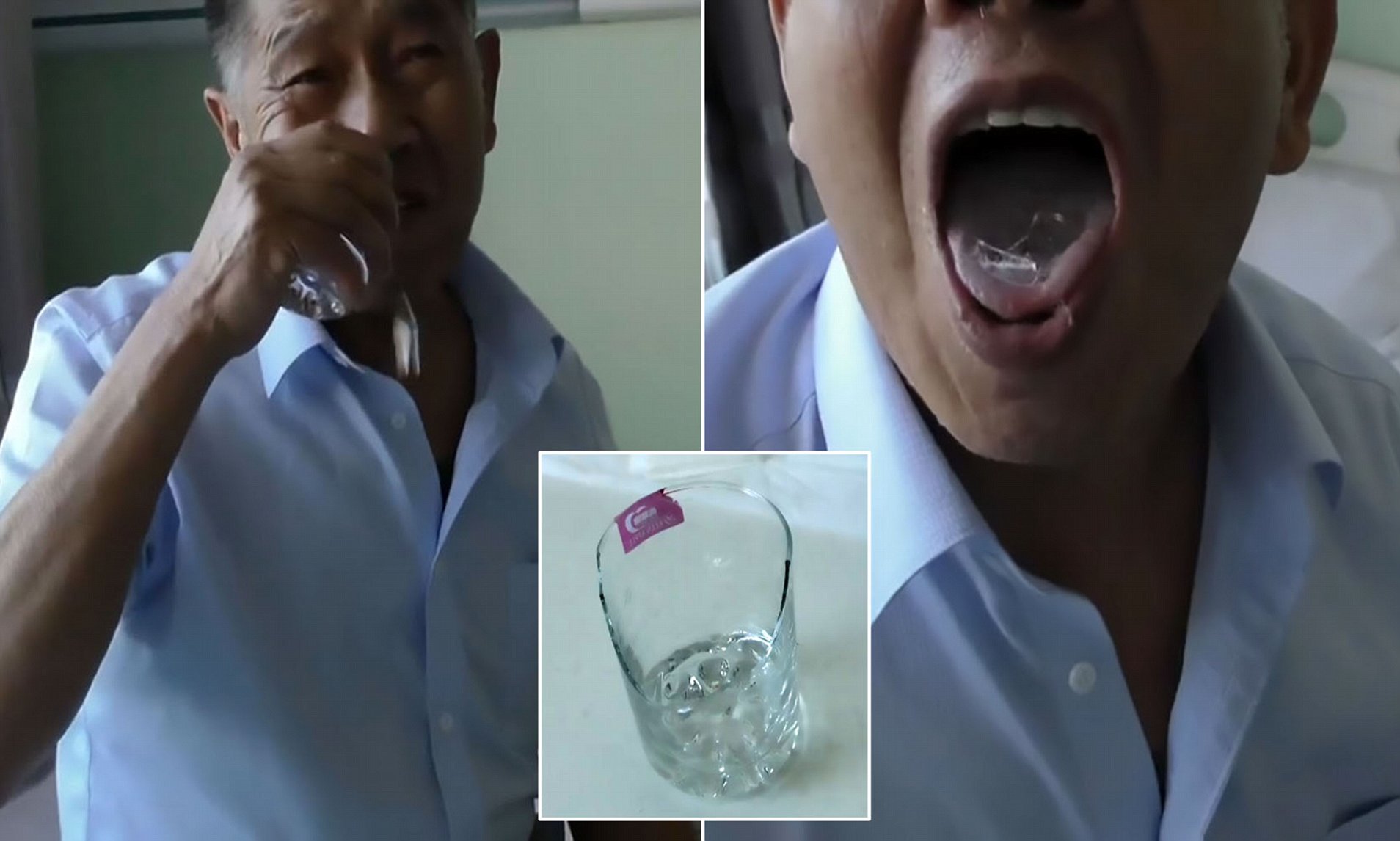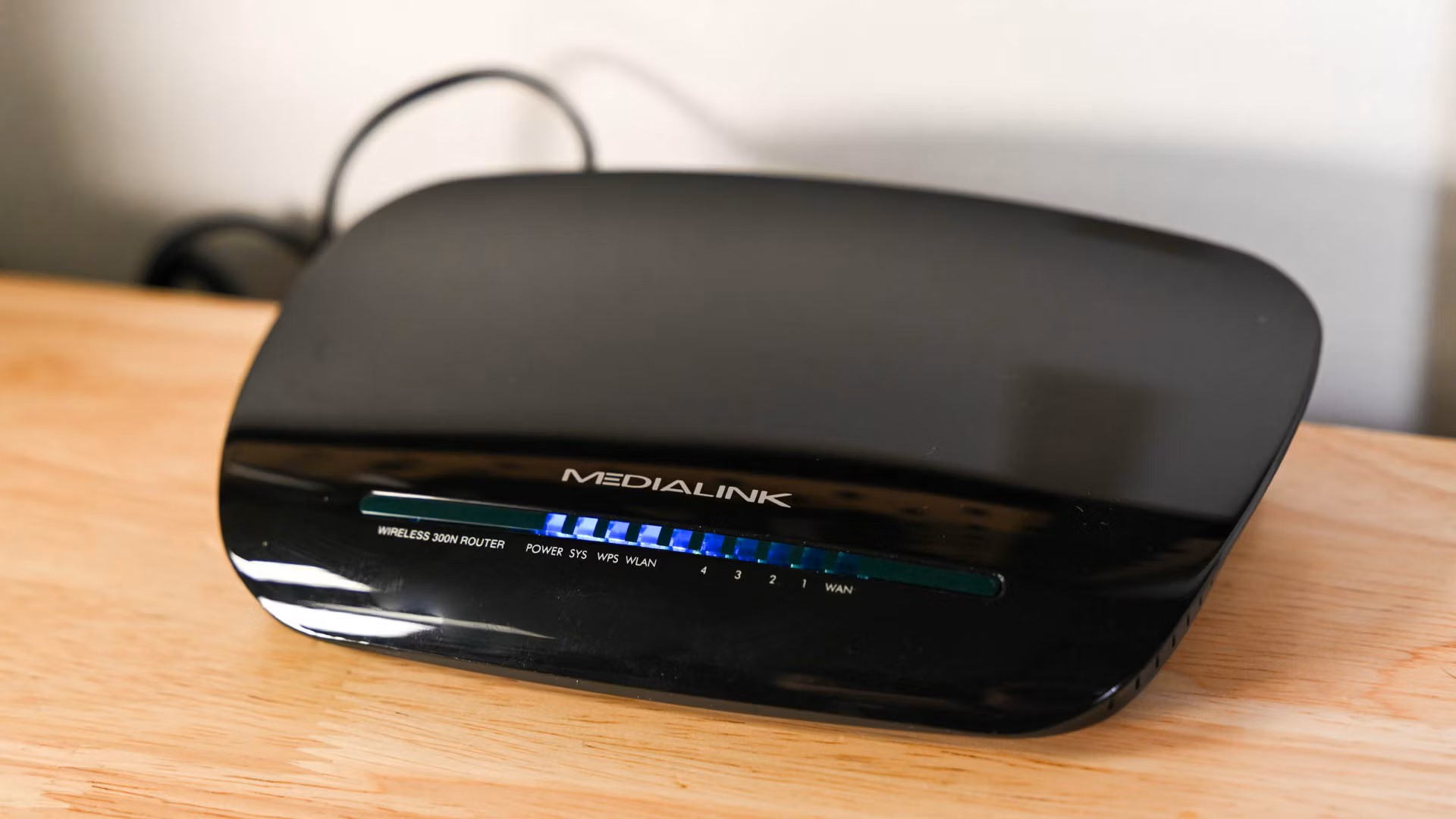Home>Furniture & Design>Interior Design Trends>What Happens If You Leave Glass In Your Foot


Interior Design Trends
What Happens If You Leave Glass In Your Foot
Modified: February 18, 2024
Discover the potential risks and consequences of leaving glass in your foot. Learn how to prevent and address this issue with the latest interior design trends.
(Many of the links in this article redirect to a specific reviewed product. Your purchase of these products through affiliate links helps to generate commission for Storables.com, at no extra cost. Learn more)
Introduction
Finding a shard of glass lodged in your foot can be a painful and alarming experience. Whether it occurs while walking barefoot indoors or stepping on a stray piece of glass outdoors, the sensation of glass piercing the skin can be excruciating. While the initial instinct may be to remove the glass immediately, it's essential to understand the potential risks and complications associated with leaving glass in the foot. This article delves into the intricacies of what happens when glass becomes embedded in the foot, the risks involved, common symptoms, treatment options, and preventive measures to safeguard against future injuries.
When glass penetrates the skin, it can lead to a range of issues, from minor discomfort to severe complications. Understanding the implications of leaving glass in the foot is crucial for making informed decisions about the next steps. By exploring the intricacies of this scenario, individuals can gain valuable insights into the potential consequences and the importance of seeking appropriate medical attention.
In the following sections, we will delve into the process of how glass becomes stuck in the foot, the risks and complications associated with neglecting the issue, common symptoms that may indicate the presence of glass, available treatment options for removing glass from the foot, and proactive measures to prevent glass-related foot injuries. Understanding these aspects is essential for promoting foot health and overall well-being.
Key Takeaways:
- Don’t ignore glass in your foot! It can lead to infection, ongoing pain, and hindered healing. Seek medical help and follow preventive measures to keep your feet safe.
- Watch out for symptoms like pain, swelling, and difficulty walking if you suspect glass in your foot. Prompt treatment and preventive steps are crucial for foot health.
Read more: What Happens If You Leave Leaves On Grass
How glass gets stuck in the foot
Glass can become lodged in the foot through various scenarios, often occurring during everyday activities. One common situation involves walking barefoot in areas where glass fragments may be present, such as on sandy beaches, around swimming pools, or in areas where glass has been broken. Additionally, indoor environments, such as kitchens or bathrooms, can also pose a risk of glass breakage, leading to potential foot injuries.
When a person steps on glass, the force exerted on the shard can cause it to penetrate the skin. Due to the fragile and sharp nature of glass, even small fragments can easily break through the skin's protective barrier. The foot, being one of the body's primary weight-bearing structures, is particularly susceptible to glass injuries, as the pressure exerted while walking can drive glass deeper into the skin.
Moreover, glass shards may not always be immediately visible, especially if they are small or translucent. This can make it challenging to detect and remove the glass promptly. In some cases, individuals may not even realize that they have stepped on glass until they experience pain or notice blood on the affected foot.
Furthermore, certain types of glass, such as thin or shattered pieces, can easily adhere to the skin, making it difficult to dislodge them without proper intervention. Factors such as the size and shape of the glass, as well as the depth of penetration, can influence how firmly it becomes embedded in the foot.
In summary, glass can become stuck in the foot through various everyday scenarios, often due to accidental contact with glass fragments in both indoor and outdoor environments. The fragile nature of glass, combined with the force exerted while walking, can lead to penetration of the skin, potentially resulting in glass becoming lodged in the foot. Understanding how glass can become embedded in the foot is crucial for raising awareness about the potential risks and promoting preventive measures to minimize the likelihood of such injuries.
Risks and complications of leaving glass in the foot
Leaving glass in the foot can lead to a myriad of risks and complications, underscoring the importance of prompt and thorough intervention. One of the primary concerns is the potential for infection. When glass penetrates the skin, it creates an entry point for bacteria and other pathogens. If not promptly addressed, this can lead to localized infections, such as cellulitis or abscess formation. Moreover, the presence of foreign bodies, such as glass fragments, can impede the body's natural healing processes, further increasing the risk of infection.
In addition to infection, leaving glass in the foot can result in ongoing pain and discomfort. The presence of a foreign object within the foot can cause persistent irritation, inflammation, and tenderness, making it challenging to bear weight on the affected foot. This can significantly impact an individual's mobility and overall quality of life, potentially leading to prolonged discomfort and functional limitations.
Furthermore, neglecting to remove glass from the foot can lead to the development of granulomas or foreign body reactions. These are inflammatory responses triggered by the presence of foreign materials within the body. In the context of glass in the foot, granulomas can form around the embedded glass fragments, resulting in localized swelling, redness, and discomfort. If left unresolved, these inflammatory reactions can exacerbate the tissue damage and impede the natural healing process.
Moreover, the presence of glass in the foot can pose a risk of migration within the soft tissues. Small glass fragments may shift position over time, potentially causing further tissue damage and complicating the removal process. This migration can lead to challenges in locating and extracting the glass, requiring more extensive interventions to address the resulting complications.
Additionally, leaving glass in the foot can hinder the natural wound healing process, leading to delayed recovery and potential scarring. The ongoing presence of glass fragments can impede the closure of the wound, prolonging the healing timeline and increasing the risk of scar tissue formation. This can have aesthetic implications and may impact the long-term integrity and function of the affected foot.
In summary, the risks and complications of leaving glass in the foot encompass the potential for infection, ongoing pain and discomfort, inflammatory reactions, migration within the soft tissues, and hindered wound healing. Understanding these implications underscores the critical importance of seeking timely and appropriate treatment to address glass-related foot injuries and mitigate the associated risks.
If you leave glass in your foot, it can lead to infection. Clean the area with soap and water, then use tweezers to carefully remove the glass. Apply an antibiotic ointment and cover with a bandage. If you can’t remove it, seek medical help.
Symptoms of having glass in the foot
Identifying the presence of glass in the foot is crucial for prompt intervention and effective treatment. Individuals who suspect that they may have glass lodged in their foot should remain vigilant for the following symptoms:
-
Pain and Discomfort: One of the primary indicators of glass in the foot is localized pain and discomfort. The sensation may range from a sharp, stabbing pain to a persistent ache, particularly when bearing weight on the affected foot. The pain may intensify when walking or applying pressure to the area where the glass is embedded.
-
Visible Wound or Entry Point: In some cases, the presence of glass in the foot may be accompanied by a visible wound or entry point where the skin has been penetrated. This may appear as a small puncture, laceration, or abrasion, often accompanied by bleeding. However, it's important to note that not all cases of glass penetration may result in a visible wound, especially if the glass fragment is small or translucent.
-
Swelling and Redness: The affected area may exhibit signs of localized swelling and redness, indicating an inflammatory response to the presence of the foreign object. The skin around the embedded glass may appear swollen, tender to the touch, and may exhibit a reddish or pinkish hue.
-
Difficulty Walking or Standing: Individuals with glass in their foot may experience difficulty walking or standing due to the discomfort and pain associated with the injury. The presence of glass can cause tenderness and irritation, making it challenging to bear weight on the affected foot.
-
Sensation of Foreign Object: Some individuals may experience a persistent sensation of having a foreign object in their foot, even if they cannot visually detect the presence of glass. This may manifest as a feeling of discomfort or pressure in the affected area, contributing to ongoing discomfort and unease.
-
Localized Heat: The area surrounding the embedded glass may feel warmer than the surrounding skin, indicating an inflammatory response. This localized heat is often accompanied by tenderness and may be indicative of the body's natural defense mechanisms responding to the presence of the foreign object.
-
Pus or Drainage: In cases where infection has developed around the embedded glass, individuals may notice the presence of pus or other forms of discharge from the affected area. This is a concerning sign that warrants immediate medical attention to address the infection and facilitate the removal of the glass.
Recognizing these symptoms is essential for seeking appropriate medical care and initiating the necessary steps to address the presence of glass in the foot. By remaining attentive to these indicators, individuals can expedite the treatment process and mitigate the potential risks associated with leaving glass embedded in the foot.
Treatment options for removing glass from the foot
When it comes to addressing the presence of glass in the foot, prompt and effective treatment is essential for minimizing the associated risks and promoting optimal recovery. The following are common treatment options for removing glass from the foot:
-
Medical Examination: Upon suspecting the presence of glass in the foot, seeking professional medical evaluation is crucial. A healthcare provider, such as a physician or podiatrist, will conduct a thorough examination to assess the extent of the injury and determine the best course of action. This may involve inspecting the affected foot, identifying the location of the embedded glass, and evaluating any associated symptoms, such as pain, swelling, or signs of infection.
-
Imaging Studies: In cases where the exact location and depth of the glass fragment are unclear, imaging studies, such as X-rays or ultrasound, may be utilized to visualize the foreign object within the foot. These diagnostic tools can provide valuable insights into the precise positioning of the glass, aiding in the development of a targeted removal strategy.
-
Local Anesthesia: Prior to the removal procedure, local anesthesia may be administered to numb the affected area and minimize discomfort. This can enhance patient comfort and facilitate the safe and efficient extraction of the glass from the foot.
-
Surgical Intervention: In instances where the glass fragment is deeply embedded or poses a significant risk of complications, surgical intervention may be necessary. This can involve making a small incision to access the foreign object and carefully extracting it from the surrounding tissues. Surgical removal is often performed under sterile conditions to reduce the risk of infection and ensure optimal wound healing.
-
Non-Invasive Techniques: For superficial or accessible glass fragments, non-invasive techniques, such as using sterile instruments to gently lift the glass from the skin, may be employed. This approach aims to minimize tissue trauma and expedite the removal process, particularly for smaller and more superficially located glass fragments.
-
Wound Care and Follow-Up: Following the removal of the glass, proper wound care is essential to promote healing and reduce the risk of infection. This may involve cleaning the wound, applying topical medications or dressings, and receiving instructions for at-home care. Additionally, scheduled follow-up appointments with the healthcare provider may be recommended to monitor the healing progress and address any concerns.
-
Antibiotic Therapy: In cases where infection has developed around the embedded glass or there is a heightened risk of bacterial contamination, antibiotic therapy may be prescribed to mitigate the risk of infection and facilitate the body's natural healing processes.
By considering these treatment options and seeking timely medical intervention, individuals can effectively address the presence of glass in the foot, minimize the associated risks, and promote optimal recovery. It is important to prioritize foot health and take proactive measures to prevent future injuries related to glass exposure.
Read more: What Happens If You Leave A Kettle On
Preventing glass injuries to the foot
Preventing glass injuries to the foot is paramount for safeguarding against the potential risks and complications associated with glass penetration. By adopting proactive measures and raising awareness about the hazards of glass exposure, individuals can significantly reduce the likelihood of sustaining foot injuries related to glass. The following strategies can help mitigate the risk of glass-related foot injuries:
-
Footwear Awareness: Wearing appropriate footwear, especially in environments where glass exposure is possible, can serve as a crucial preventive measure. Sturdy, closed-toe shoes provide a protective barrier against potential glass fragments, reducing the risk of direct contact with the skin.
-
Environmental Vigilance: Maintaining vigilance in indoor and outdoor settings can help identify and address potential glass hazards. Regularly inspecting high-risk areas, such as kitchens, bathrooms, and outdoor recreational spaces, can aid in promptly identifying and removing any glass fragments to prevent accidental injuries.
-
Clean-Up Practices: Practicing thorough and safe glass clean-up procedures is essential for minimizing the risk of glass exposure. Properly disposing of glass items, promptly cleaning up broken glass, and using appropriate cleaning tools can help prevent accidental contact with glass fragments.
-
Educational Initiatives: Educating individuals, especially children, about the dangers of glass exposure and the importance of safe handling can promote awareness and responsible behavior. Teaching proper glass disposal and emphasizing the use of protective footwear in glass-prone areas can contribute to injury prevention.
-
Barrier Implementation: Implementing physical barriers, such as protective mats or designated walkways, in areas where glass exposure is common can help reduce the risk of accidental contact. These barriers can serve as a protective measure, minimizing the likelihood of glass penetration into the skin.
-
Regular Maintenance: Conducting regular maintenance and inspections of glass-containing items, such as windows, glassware, and decorative pieces, can help identify and address potential hazards. Proactive maintenance practices can mitigate the risk of glass breakage and subsequent foot injuries.
-
Safe Disposal: Properly disposing of glass items, such as bottles, containers, and broken glass, in designated receptacles can prevent accidental injuries. Encouraging responsible disposal practices and providing accessible disposal options can contribute to injury prevention.
By integrating these preventive strategies into daily routines and promoting a culture of safety and awareness, individuals can minimize the risk of glass-related foot injuries. Proactive measures, combined with education and environmental vigilance, play a pivotal role in promoting foot health and reducing the incidence of glass penetration injuries. Prioritizing injury prevention fosters a safer and more secure environment, benefiting individuals of all ages and promoting overall well-being.
Frequently Asked Questions about What Happens If You Leave Glass In Your Foot
Was this page helpful?
At Storables.com, we guarantee accurate and reliable information. Our content, validated by Expert Board Contributors, is crafted following stringent Editorial Policies. We're committed to providing you with well-researched, expert-backed insights for all your informational needs.















0 thoughts on “What Happens If You Leave Glass In Your Foot”